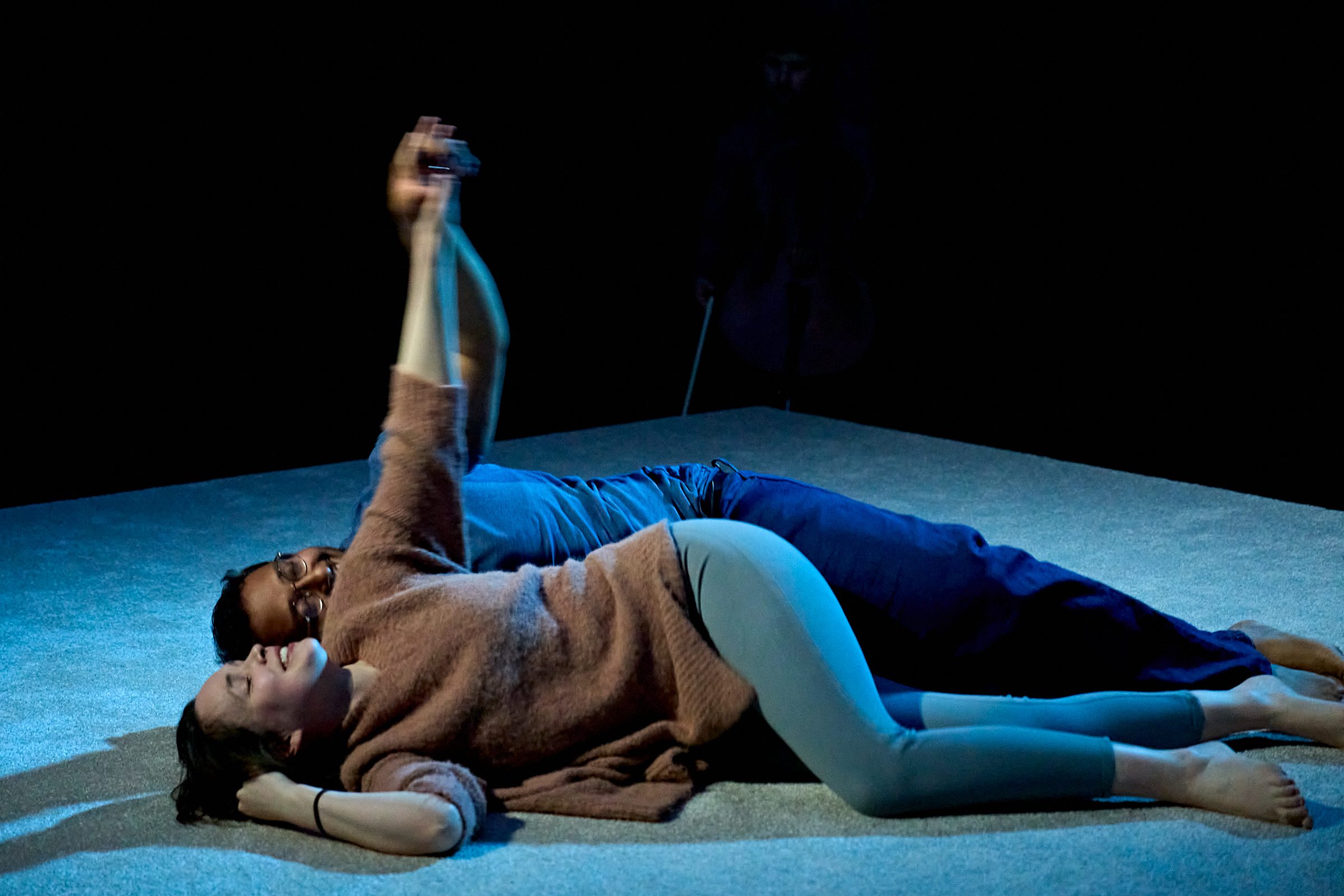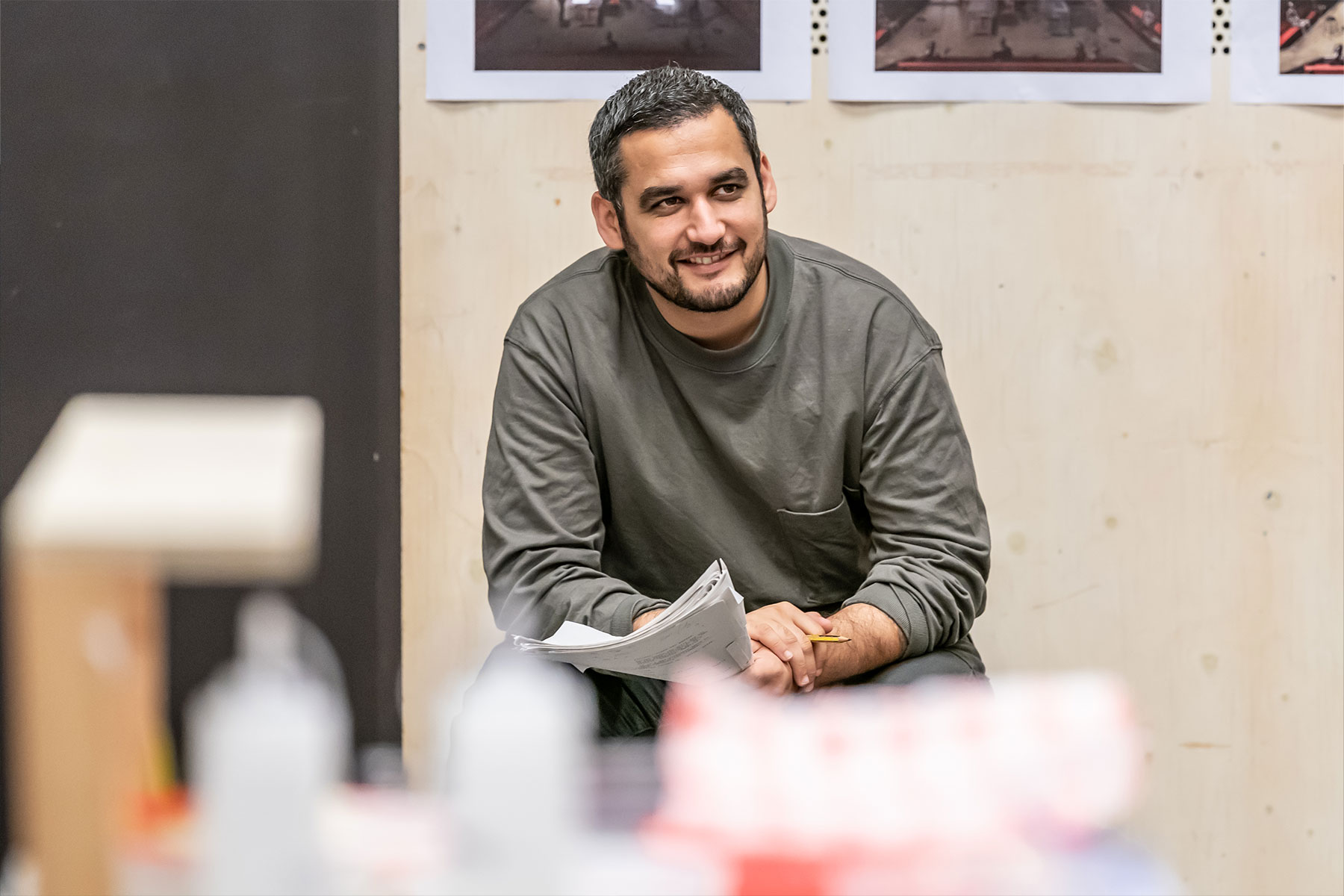Michael Coveney: Country houses & old churches beyond Bennett
Alan Bennett’s terrific new play People at the National Theatre was a good mood-setter for my outing yesterday to Salisbury, where I climbed to the top of the spire in the cathedral, enjoyed lunch in the refectory with volunteer guides and the church’s head of communications before settling into a matinee at the Playhouse of a new adaptation of William Golding’s novel, The Spire.
As you enter the Cathedral Close, you pass Arundells, the home of former Prime Minister Edward Heath, which he bequeathed to an ungrateful nation on his death seven years ago; it was announced last week that the trustees will sell off the house and contents having faced at last the awful truth that the public has no interest in wandering around the old salt’s sitting room, looking at pictures of yachts and world leaders.
The dilemma is similar to that faced by Frances de la Tour‘s Dorothy Stacpoole in Bennett’s play who, inhabiting a decrepit country pile (there is nothing very decrepit about Arundells, but it’s only a modest-sized mansion, with a back garden running down to the River Avon), briefly rents out a few rooms and a double-bed to a porn movie crew before reluctantly submitting to the National Trust take-over bid.
The difference with Arundells is that her pile is of great and significant historic interest in its own right. There’s a wonderful book, Black Diamonds by Catherine Bailey, which charts the colourful, tragic family history of the Fitzwilliam family in Wentworth Woodhouse, one of the South Yorkshire houses, close to a mining community, that Bennett evokes in both the National’s programme notes and the play itself. Anything that happens in Downton Abbey looks positively small beer in comparison.
The National’s production, like the fate of Heath’s house, no less than the £20m repair programme currently lavished on Salisbury Cathedral (and not due for completion until 2018), is a sharp reminder of how buildings need special attention to survive. In the case especially of the cathedral, this is because it took so much human time, effort and sheer vision to construct – and a massive cost (in medieval 14th century terms) of £28,000, with a mammoth legion of stonemasons paid a penny a day.
William Golding was a schoolmaster in the Close between 1945 and 1962 and wrote his novel almost as a tortured psychodrama about his own creative life. But the detail about the crazy project to build the spire is fascinating, though my superb guide, spry pensioner Dudley Heather (one of 600 cathedral volunteers), remains sceptical about some of the accuracy in Golding’s research.
Mr Heather led me up the 332 steps of mostly spiral staircases, as far as you can go (there is still 180 feet of inaccessible spire to the very top), treating me to several interconnecting informal lectures on the building materials, history of the bells, stained glass windows and the bending pillars and subsidence that feature so dramatically in Golding’s novel.
As indeed they do in Roger Spottiswoode’s dramatisation at the Playhouse, where designer Tom Rogers has faithfully reproduced the grey limestone colour of the interior and the wooden support structures of the tower. It was not the least of yesterday’s pleasures to sit with an audience (mostly elderly) renewing their relationship with a building that literally dominates their lives.
In Bennett’s People, the lovely lesbian archdeacon played by Selina Cadell is much taken with the idea of privatising Winchester Cathedral and dispensing a celebrity Eucharist for publicity purposes. My old friend and former Financial Times colleague Sarah Flanaghan, now Salibury Cathedral’s head of PR and communications, roared with laughter at the idea, but chiefly becaused it sounded so far-fetched.
Mind you, Bennett would appreciate Sarah’s secular approach to the job, which is sensibly hard-headed but much more to do with music, young people and community relations than with stunts and show business. And it helps that she’s a blonde bombshell, dressed in designer black like a sort of Annie Nightingale of the cloisters.
Gareth Machin’s production of The Spire is a bit too static and sombre to start with, but it gathers pace and power in an electrifying inquisition scene, in which Mark Meadows as Dean Jocelin is hauled over the coals by the church authorities for his weird and all-consuming obsession.
Nothing can compare to visiting the cathedral itself, but such a visit, taken in conjunction with Golding’s novel and the Playhouse staging – and, incidentally, there’s a youth theatre production of Nigel Williams’ fine adaptation of Golding’s Lord of the Flies in the studio space later this month – creates a wonderful crash course on one of the greatest buildings in our country, one that moves you to tears, really, in its awe-inspiring beauty, scale and spiritual grandeur. And you can’t ask more, even from the theatre, than that.










